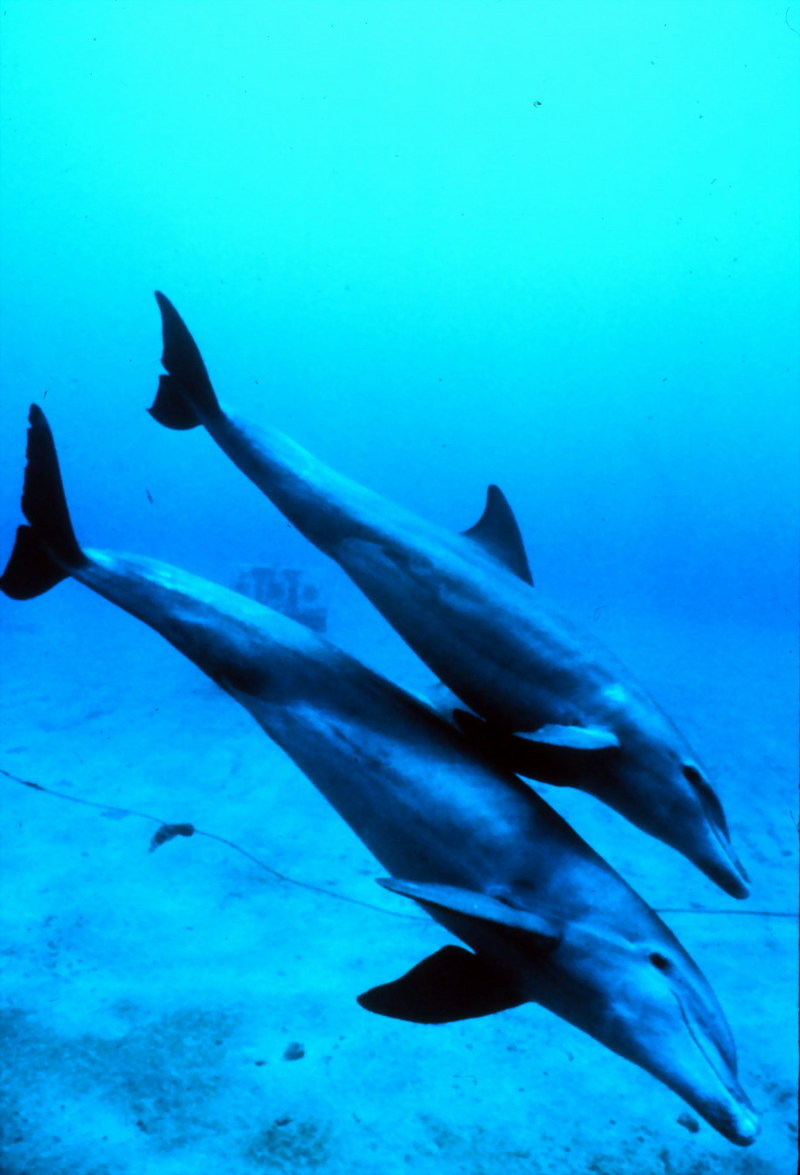Scientific Name: Tursiops truncatus (Montagu, 1821)
Common Names:
English – Common Bottlenose Dolphin, Bottlenose Dolphin, Bottle-nosed Dolphin, Bottlenosed Dolphin
French – Grand dauphin, Dauphin souffleur, Souffleur, Tursiops
Spanish – Delfín Mular, Pez Mular, Tursión
Synonyms:
Tursiops gephyreus Lahille, 1908
Tursiops gilli Dall, 1873
Tursiops nuuanu Andrews, 1911
Taxonomic Notes: All bottlenose dolphins around the world were previously recognized as T. truncatus, but recently the genus has been split into two species: T. truncatus and T. aduncus (the smaller Indo-Pacific Bottlenose Dolphin). |

